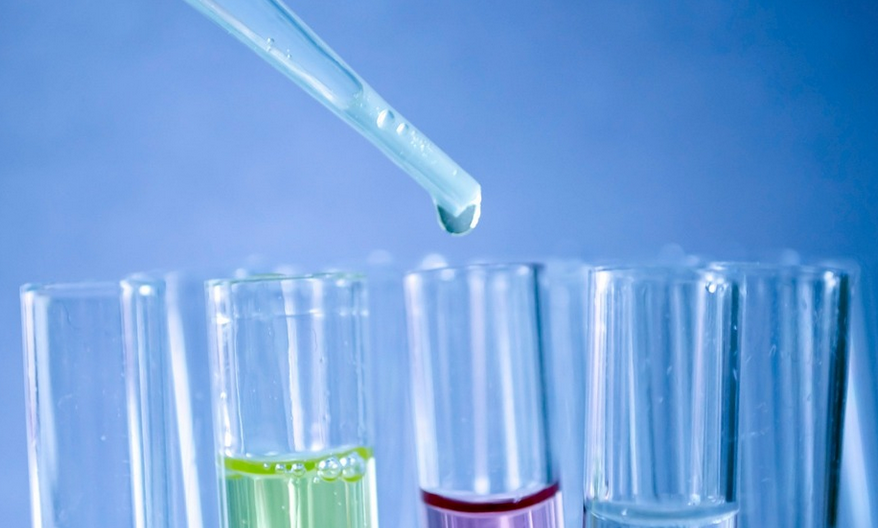Introduction
Salicylic acid is a commonly used chemical in the pharmaceutical and cosmetic industry. It is used in the treatment of various skin conditions, such as acne, psoriasis, and warts. However, before it can be used in these products, its concentration needs to be determined. In this article, we will discuss the methods used to determine the concentration of salicylic acid.
Method 1: Titration
Titration is a widely used method to determine the concentration of chemicals in a solution. In this method, a solution of known concentration is added to the solution containing the chemical whose concentration needs to be determined. The process is continued until the chemical is completely neutralized. The amount of the known solution required to neutralize the chemical is noted, and the concentration of the chemical is calculated.
Procedure
To determine the concentration of salicylic acid using titration, follow the below steps: 1. Take a known volume of the salicylic acid solution and add a few drops of phenolphthalein indicator. 2. Titrate the solution with a known concentration of sodium hydroxide solution until the color of the solution changes from pink to colorless. 3. Note the volume of the sodium hydroxide solution required to neutralize the salicylic acid solution. 4. Calculate the concentration of the salicylic acid solution using the formula: concentration = (volume of sodium hydroxide solution x molarity of sodium hydroxide solution x 138.12) / volume of salicylic acid solution.
Method 2: Spectroscopy
Spectroscopy is a non-destructive method of analyzing the concentration of chemicals. In this method, a beam of light is passed through the sample, and the amount of light absorbed by the sample is measured. The amount of light absorbed is directly proportional to the concentration of the chemical in the sample.
Procedure
To determine the concentration of salicylic acid using spectroscopy, follow the below steps: 1. Prepare a standard solution of salicylic acid of known concentration. 2. Measure the absorbance of the standard solution at a specific wavelength using a spectrophotometer. 3. Measure the absorbance of the sample solution at the same wavelength. 4. Calculate the concentration of the sample solution using the formula: concentration = (absorbance of sample solution x concentration of standard solution) / absorbance of standard solution.
Method 3: HPLC
High-performance liquid chromatography (HPLC) is a powerful analytical technique used to separate, identify, and quantify various compounds in a sample. In this method, the sample is passed through a column containing a stationary phase and a mobile phase. The components in the sample are separated based on their interaction with the stationary phase and the mobile phase.
Procedure
To determine the concentration of salicylic acid using HPLC, follow the below steps: 1. Prepare a sample solution of salicylic acid. 2. Inject the sample into the HPLC column. 3. The salicylic acid will be separated from the other components in the sample. 4. The concentration of the salicylic acid can be calculated by comparing the peak area of the salicylic acid to the peak area of a standard solution of known concentration.
Conclusion
In conclusion, there are several methods available to determine the concentration of salicylic acid. The most commonly used methods are titration, spectroscopy, and HPLC. Each method has its advantages and disadvantages, and the choice of method depends on the application and the availability of equipment. However, with the proper procedure and equipment, any of these methods can be used to accurately determine the concentration of salicylic acid.

